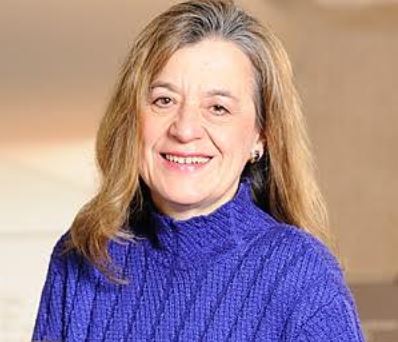
- This event has passed.
CBE Seminar: “Collaboration and Competition Between Active Sheets for Self-Propelled Particles”
January 22, 2020 at 3:00 PM - 4:00 PM
Abstract:
Biological species routinely collaborate for their mutual benefit or compete for available resources, thereby displaying dynamic behavior that is challenging to replicate in synthetic systems. Here, we use computational modeling to design microscopic, chemically active sheets and self-propelled particles encompassing the appropriate synergistic interactions to exhibit bio-inspired “feeding”, “fleeing” and “fighting”. This design couples two different mechanisms for chemically generating motion in fluid-filled microchambers: solutal buoyancy and diffusiophoresis. Catalyst-coated sheets, which resemble crabs with four distinct “claws”, convert reactants in solution into products, and thereby create local variations in the density and chemical composition of the fluid. Via the solutal buoyancy mechanism, the density variations generate fluid flows, which modify the shape and motility of the “crabs”. Concomitantly, the chemical variations propel the motion of the particles via diffusiophoresis and, thus, the crabs’ and particles’ motion becomes highly interconnected. For crabs with restricted lateral mobility, these two mechanisms can be modulated to either drive a crab to catch and appear to “feed” on all the particles or enable the particles to “flee” from this sheet. Moreover, by adjusting the sheet’s size and the catalytic coating, two crabs can compete and “fight” over the motile, diffusiophoretic particles. Alternatively, the crabs can temporally “share” resources by shuttling the particles back and forth between themselves. With completely mobile sheets, four crabs can collaborate to perform a function that one alone cannot accomplish. These findings provide design rules for creating chemically-driven soft robotic sheets that significantly expand the functionality of microfluidic devices.

Anna C. Balazs
Distinguished Professor of Chemical Engineering, University of Pittsburgh
Anna C. Balazs is a Distinguished Professor of Chemical Engineering and holds the John A. Swanson Endowed Chair in Engineering at the University of Pittsburgh. She received her B.A. in physics from Bryn Mawr College in 1975 and her Ph.D. in materials science from the Massachusetts Institute of Technology in 1981. Her research involves developing theoretical and computational models to capture the behavior of polymeric materials, nanocomposites and multi-component fluids. Balazs is a Fellow of the American Physical Society, the Royal Society of Chemistry, and the Materials Research Society. She was a Visiting Fellow at Corpus Christi College, Oxford University. She has served on a number of editorial boards, including: Macromolecules, Langmuir, Accounts of Chemical Research, and Soft Matter. She was Chair of the American Physical Society Division of Polymer Physics in 1999-2000. She received a Special Creativity Award from the National Science Foundation. In 2003, she received the Maurice Huggins Memorial Award of the Gordon Research Conference for outstanding contributions to Polymer Science. Recently, she received the American Physical Society Polymer Physics Prize (2016), the Royal Society of Chemistry S F Boys-A Rahman Award (2015), the American Chemical Society Langmuir Lecture Award (2014) and the Mines Medal from the South Dakota School of Mines (2013).
